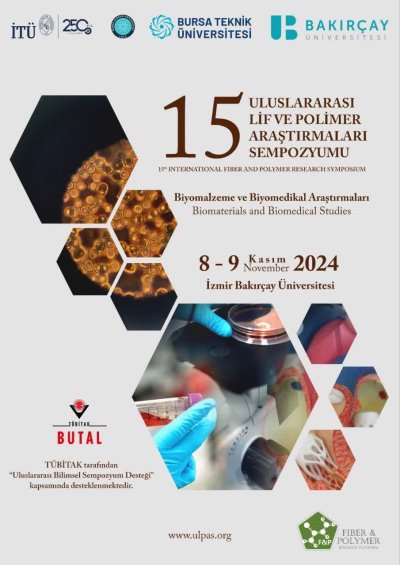0% Complete
Authors :
Keywords :
Abstract :
List of archived papers
Samaneh Kamalipooya - Davood Nasrabadi - Morteza Golmohammadi - Shohreh Fahimirad - Dr. Amin Esmaeili
Tuğçe Köroğlu Yatıkçı - Ayşe Çelik Bedeloğlu
Yunus Önal - Dilek Şarapnal - Furkan Matur
Oğuz Kağan Ünlü - Handan Çalışkan
OSMAN TÜRKMEN - SÜMEYRA OĞUZ
HALİL İBRAHİM TURGUT - ÖZLEM YARAR - BEGÜM SELÇUK ELGÜN
SELVER ZİLAN ERCOŞMAN - FATMA DEMİRCİ - KERİM ASLAN - YASEMİN KORKMAZ



